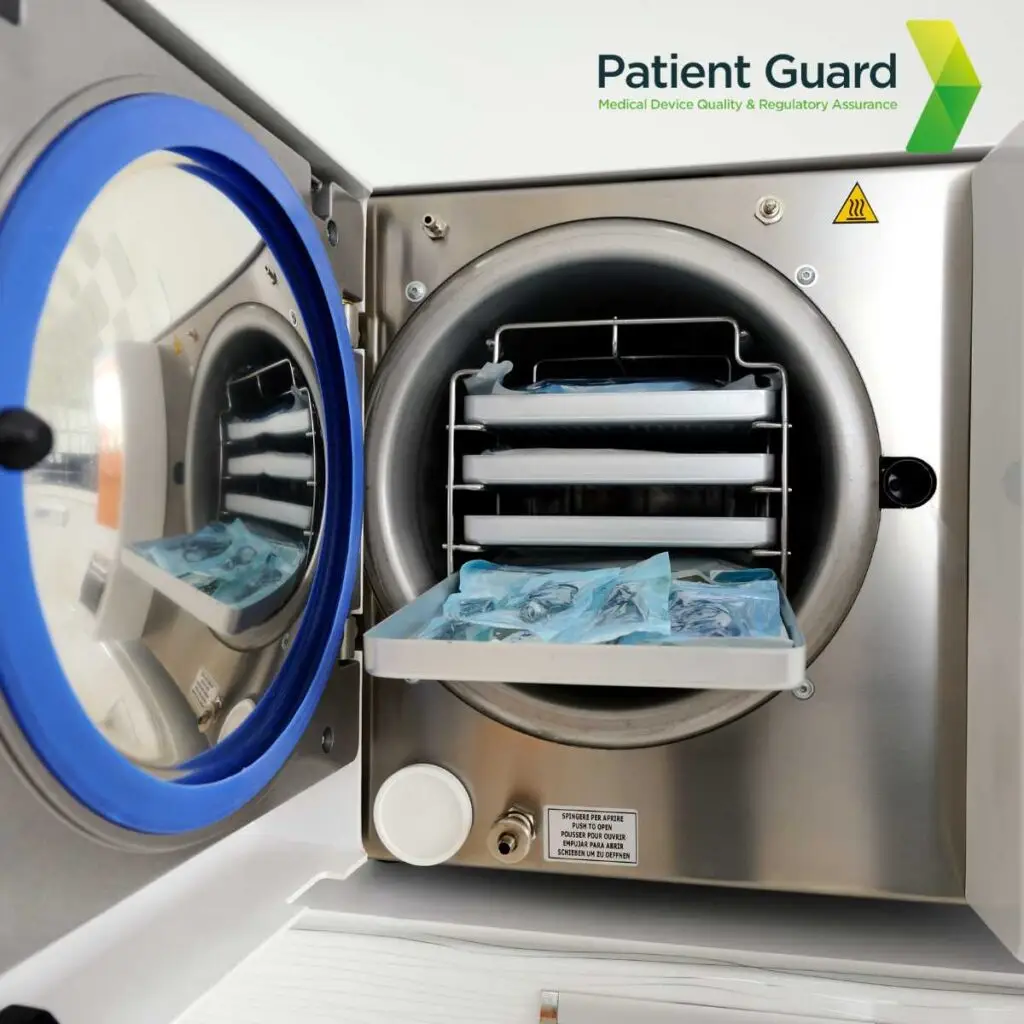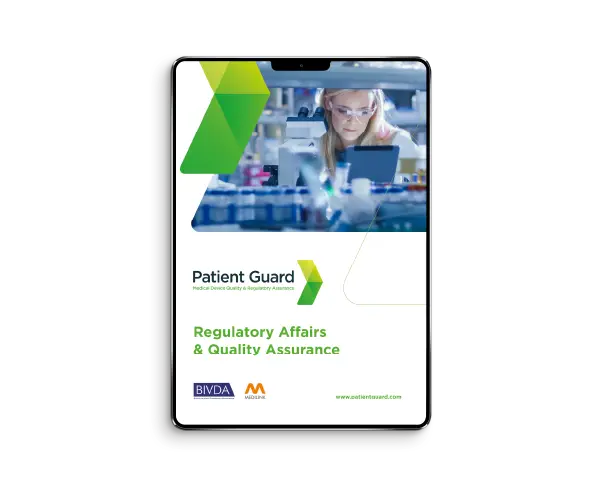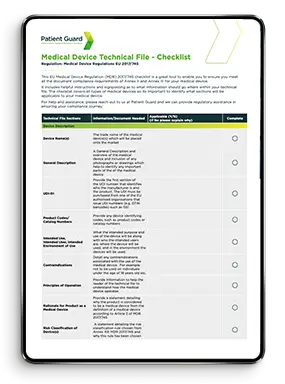Medical Device Sterilization
Sterilization is an important aspect of medical device safety. It ensures that devices are free from harmful microorganisms, reducing the risk of infections and protecting patient health. For manufacturers, effective sterilization is not just a regulatory requirement but a key part of product quality and performance. This blog explores the main sterilization methods, regulatory guidelines, and best practices to ensure compliance and safety.
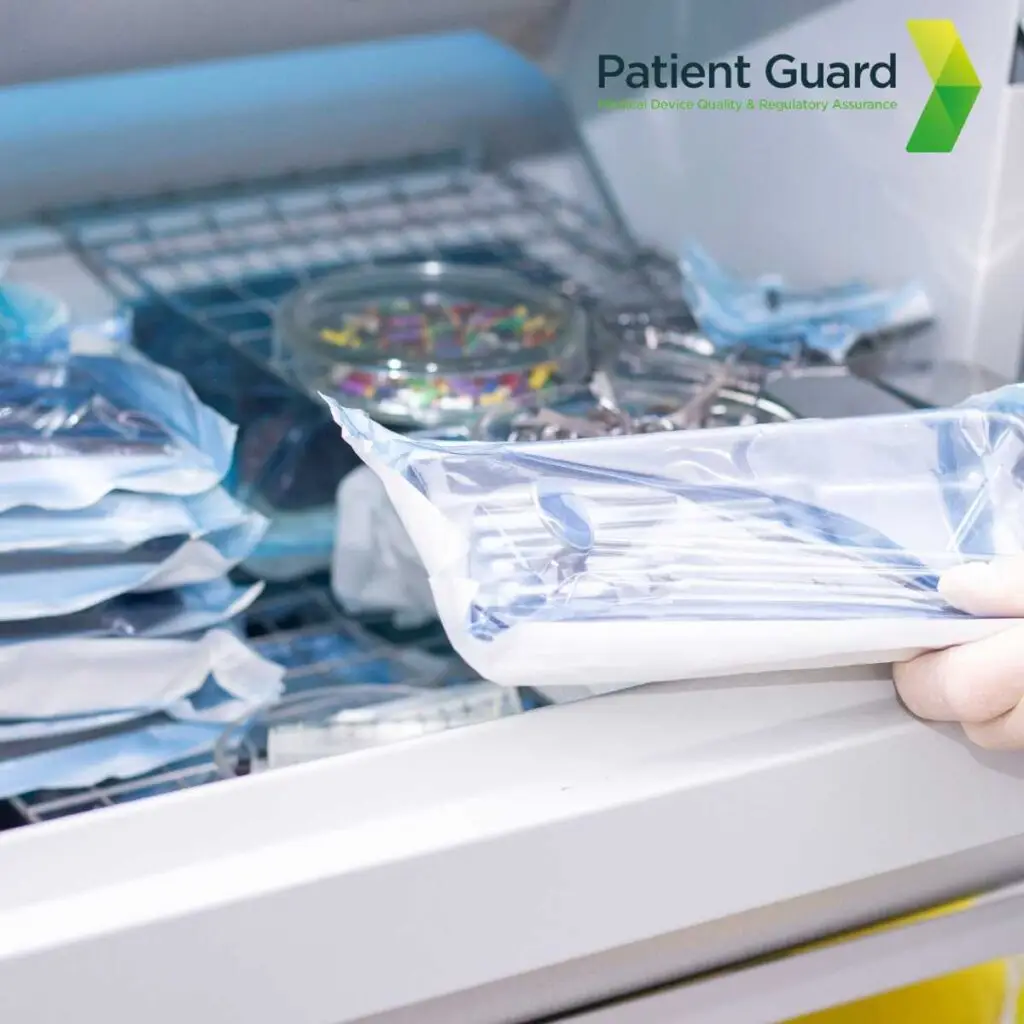
Why Sterilization Matters for Medical Devices
Sterilization is crucial for maintaining patient safety, especially for invasive medical devices that come into contact with sterile tissues or the bloodstream. Without proper sterilization, these devices can spread harmful pathogens, leading to severe infections and complications.
Manufacturers must choose sterilization methods carefully, considering the device material, design, and use. Each process must be validated to ensure it eliminates microorganisms without affecting the device’s functionality or safety.
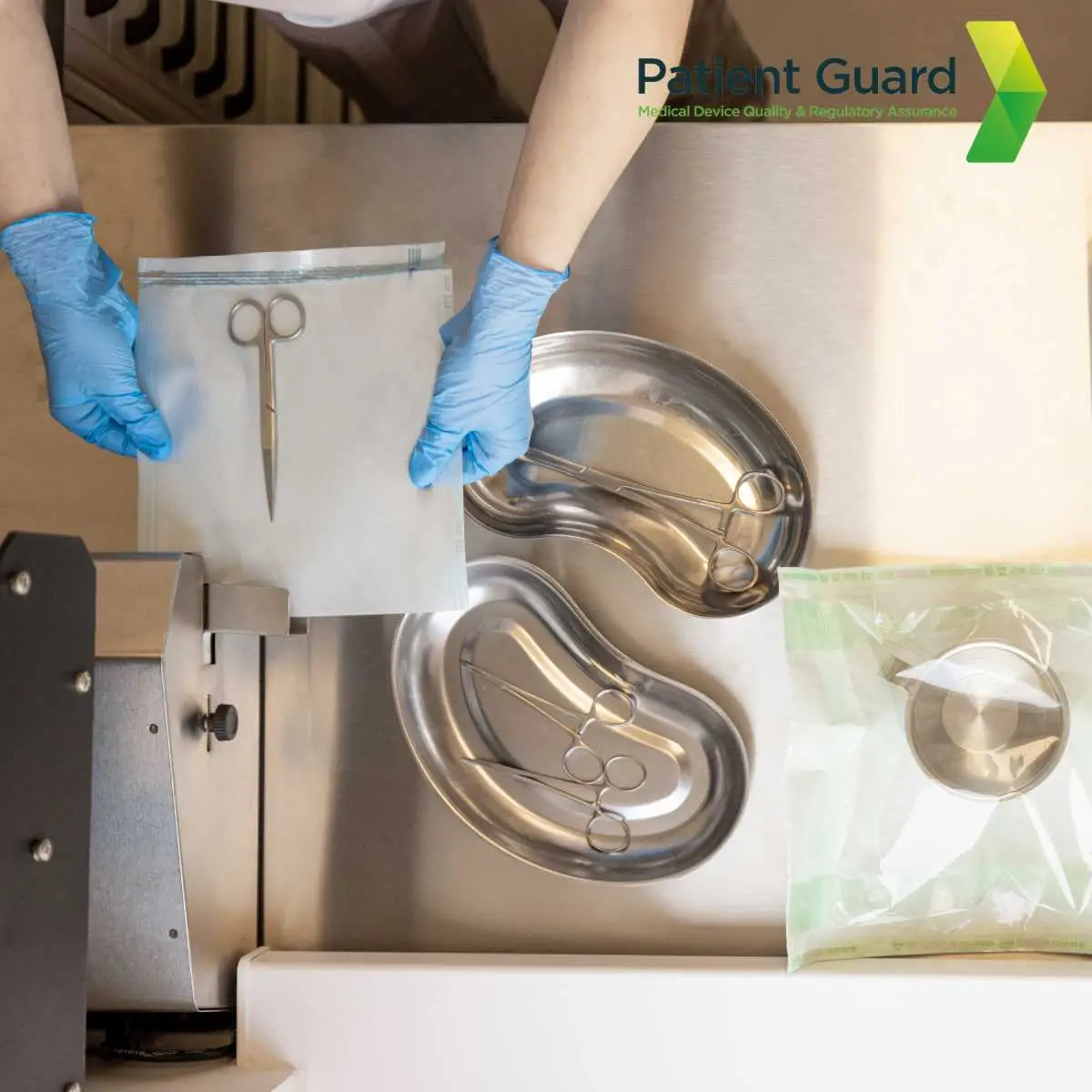
Common Sterilization Methods
Different sterilization techniques are used in the medical device industry. Here are the most common methods:
1. Ethylene Oxide (EtO) Sterilization
- How It Works: EtO gas penetrates packaging and materials, killing microorganisms.
- Advantages: Ideal for heat-sensitive devices; works well for complex shapes and multi-layer packaging.
- Challenges: Needs aeration to remove gas residues; has environmental and safety concerns.
2. Steam Sterilization (Autoclaving)
- How It Works: High-temperature steam under pressure kills microorganisms by denaturing proteins.
- Advantages: Cost-effective and quick; perfect for heat-stable devices like metal instruments.
- Challenges: Unsuitable for heat-sensitive materials like plastics or electronics.
3. Radiation Sterilization
- Types: Gamma radiation and electron beam (E-beam).
- How It Works: High-energy radiation damages the DNA of microorganisms, rendering them inactive.
- Advantages: Works for single-use devices and bulk items; leaves no chemical residue.
- Challenges: Can degrade some materials, requiring compatibility testing.
4. Hydrogen Peroxide Plasma Sterilization
- How It Works: Uses plasma and hydrogen peroxide at low temperatures to sterilize.
- Advantages: Great for heat- and moisture-sensitive devices; leaves no toxic residue.
- Challenges: Limited penetration for complex devices; only compatible with certain materials.
Regulatory Requirements for Sterilization
Sterilization must meet international standards and regional regulations. Key guidelines include:
- ISO 11135: For ethylene oxide sterilization.
- ISO 11137: For radiation sterilization.
- ISO 17665: For steam sterilization.
- EU MDR and IVDR Requirements: Require documentation, validation, and sterility assurance levels (SAL).
In the EU, compliance with the Medical Device Regulation (MDR 2017/745) and In Vitro Diagnostic Regulation (IVDR 2017/746) is mandatory. Manufacturers must provide evidence of validation, bioburden control, and sterility assurance in technical documentation.
Best Practices for Manufacturers
To ensure safe and compliant sterilization, manufacturers should follow these steps:
1. Validate Your Process
Validation ensures the sterilization method achieves the desired sterility level without affecting device performance. Key steps include:
- Microbiological testing.
- Material compatibility testing.
- Process consistency checks.
2. Manage Risks Effectively
Sterilization should be part of your risk management strategy, following ISO 14971 guidelines. Address risks such as:
- Residual chemicals.
- Material degradation.
- Contamination during handling and packaging.
3. Monitor Your Environment
Environmental factors like temperature, humidity, and microbial load can impact sterilization. Best practices include:
- Controlling storage and handling environments.
- Regularly checking bioburden levels.
4. Stay Current with Regulations
Standards and regulations for sterilization evolve. Regularly review updates and implement changes to maintain compliance.
How Patient Guard Can Help
At Patient Guard, we specialize in providing tailored advice and regulatory support to manufacturers navigating the complexities of medical device sterilization. Our expertise includes:
- Regulatory Guidance: Ensuring compliance with international standards such as ISO 11135, ISO 11137, and ISO 17665, as well as regional requirements under the EU MDR and IVDR.
- Process Validation Support: Assisting in the development, execution, and documentation of robust sterilization validation protocols.
- Risk Management Integration: Helping you incorporate sterilization processes into your risk management framework to meet ISO 14971 standards.
- Material Compatibility Analysis: Advising on the best sterilization methods for your device materials to maintain safety and performance.
- Training and Documentation: Providing training for your team and ensuring your technical documentation meets regulatory expectations.
With years of experience supporting medical device manufacturers, Patient Guard is your trusted partner in achieving sterilization compliance and ensuring patient safety.
FAQs
The most common methods are steam sterilization (autoclaving) for heat-stable devices and ethylene oxide (EtO) for heat-sensitive devices. The choice depends on the device’s material and design.
Manufacturers validate sterilization through microbiological testing, material compatibility studies, and process consistency checks. Validation ensures the method achieves the required sterility assurance level (SAL).
Yes, radiation sterilization (e.g., gamma or E-beam) and ethylene oxide (EtO) are commonly used for single-use plastic devices. These methods are effective without damaging the materials.
regulations and emerging standards like the EU AI Act. Risk management, transparency, and performance validation are critical for compliance.
SAL refers to the probability of a single microorganism surviving on a sterilized device. The standard level for medical devices is an SAL of 10⁻⁶, meaning a one-in-a-million chance of microbial survival.
Summary
Sterilization is vital for patient safety and regulatory compliance. By selecting the right methods, validating processes, and adhering to standards, manufacturers can ensure their devices are safe and effective. At Patient Guard, we understand the challenges of sterilization and offer expert guidance to help you achieve compliance and maintain high-quality standards.
Contact us today to learn how we can support your sterilization processes and regulatory needs.

